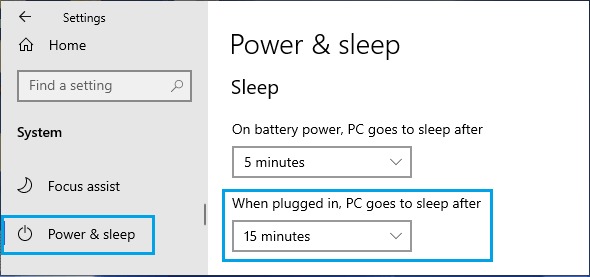
It leaves us with no inspiration or motivation to keep carrying one from one day to the other. We don’t grow, we don’t evolve, we don’t learn, and we don’t develop. I guess we tend to stagnate over time and not really progress. Why? Well, because we get caught up in our daily routines and keep doing the things we do every single day. With patience and a few micro adjustments, coaxing your baby or toddler to match the clock's new hour is a process that nearly every tot comes through with flying colors.We often think that things need to be changed in our life, though seldom get down to doing them. Skip that extra book or the long song in favor of heading to bed more quickly.Try not to worry too much in the face of daylight saving time beginning or ending. Got a tot with droopy eyelids? It's fine to streamline your daylight saving baby sleep routine on some nights if it makes sense. when you change the clocks) - right on schedule! Shorten the routine as needed By the time DST ends, he'll (hopefully) be up at 8 a.m. On day two, put him down 30 minutes later so he's up at 7:30. So on day one, put him to bed 15 minutes later than usual to encourage him to sleep 15 minutes longer, until 7:15 a.m. If your little one is sensitive to time changes, slowly shift bedtime and wake-up time a few days before "springing forward" or "falling back." Trusted Source Children's Hospital of Philadelphia 5 Ways to Help Kids Adjust to Daylight Saving Time See All Sources For example, if he typically wakes up at 7 a.m., he'll be awake at 6 a.m. Instead, continue to keep any naps your child normally takes.

It's tempting to shorten, lengthen or even nix a regular nap in order to help your infant or toddler adjust to or from DST, but it isn't recommended. Open the shades in your baby's room or turn on the lights when you greet him to start the day. On the other hand, light exposure is important in the morning, as it signals to babies and toddlers that it's time to wake up. Trusted Source University of Michigan Surviving Daylight Saving Time's End with Kids See All Sources Use room-darkening shades, curtains or blinds, and hopefully they'll help speed up sleep. But you can try to fool your little one's internal body clock by blocking out the light in his room. Unfortunately, you can't explain to a baby or toddler what daylight saving time is or why it's still light outside at bedtime (or the reverse when it ends). Keep bedtime habits the sameīabies and toddlers thrive on a solid bedtime routine, including a feed, books, cuddling and songs, so follow yours as usual to show your tot that it's time to settle down, even during daylight saving time. He may be grumpy for a while, but the more you stick to your routines, the faster he'll adjust to the time change. That means changing the clocks as you normally would and nudging your tot to wake, eat, play, nap and go to bed at the usual times according to what the clock says. There are a few different ways to help babies and toddlers stay in sync with their body clocks, so try these to see which one is best for your child: Stay the course
#The time for change how to
How to Get Your Baby to Sleep Anywhere How do I prepare my baby or toddler for daylight saving beginning and ending? It may take just a few days before your baby or toddler is back to his normal sleep schedule, while others with more sensitive body clocks can take longer.įortunately, the switch to or from DST is a temporary setback in a tot's sleep routine - and even if yours is having a harder time adjusting, most kids tend to settle into the time change within a week or two. How long does it take for babies and toddlers to adjust to or from daylight saving time?Īs with any shift in a set routine, adjusting to the clocks changing is a process. And when it's time to head to bed, some babies and toddlers might end up overtired as they struggle to keep pace with the new hour.

A few early birds may wake up even earlier in the morning than usual when the clock shifts. Others, however, may be grumpier as parents strive to match what's happening on the clock with their tots' normal sleep routines.īabies, toddlers and changing clocks can be a tough mix.

Different babies have a range of sleep needs, which means daylight saving time (DST) starting or ending may not affect some very much. Making the switch to "spring forward" or "fall back" only involves a time change of one hour - but even that can affect your little one's sleep. How will daylight saving time affect my baby?


 0 kommentar(er)
0 kommentar(er)
